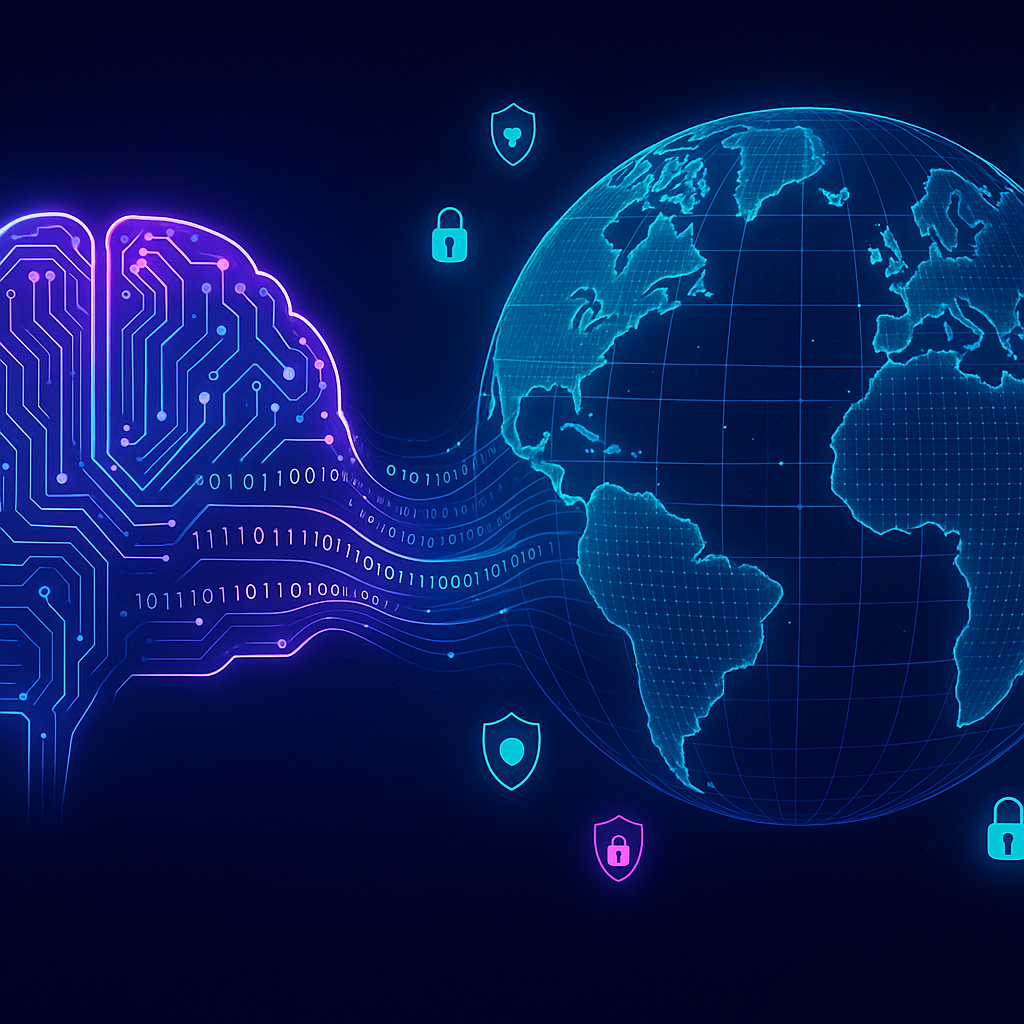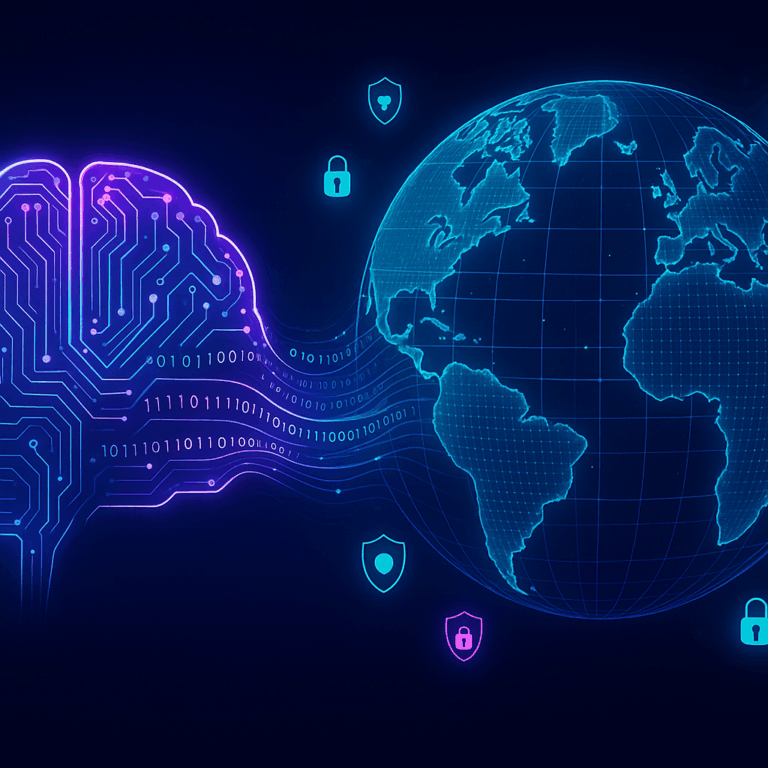## Introduction
In a constantly evolving digital landscape, where cybersecurity threats are becoming increasingly sophisticated, understanding the latest vulnerabilities is crucial for defense strategies. Recently, an innovative exploit, termed **Flowbreaking**, has emerged, harnessing Artificial Intelligence (AI) to bypass conventional security measures. This threat poses a significant challenge to cybersecurity frameworks, making it essential for professionals to grasp its mechanics and ramifications. While AI has been a powerful ally in developing robust security systems, it is also being repurposed as a tool for breaching them, thus dramatically altering the battlefield of cybersecurity threats.
## Main Content
Flowbreaking is characterized by its ability to manipulate network flows in a manner that evades standard detection tools. Using advanced AI algorithms, this exploit modifies data packet sequences, disguising malicious activities as legitimate network traffic. The implications are profound: organizations that fail to adapt to these new methods may find their defenses frustratingly inadequate.
### Threat Detection Methods
Traditionally, threat detection has relied on **signature-based detection** and **behavioral analysis**. However, Flowbreaking challenges these approaches by integrating into regular traffic flows, rendering many signature-based methods ineffective. **Machine learning** and **AI-driven models** have been used to adapt to evolving threats, but when AI is the tool of the adversary, it becomes a complex adversarial game.
### Anomaly Detection in Networks
Anomaly detection plays a critical role in identifying unusual patterns within network traffic. Flowbreaking attacks are particularly insidious because they simulate normal operational behavior, complicating anomaly detection efforts. Organizations must shift focus toward **predictive models** that anticipate potential threats rather than merely reacting to them.
### Security Protocols and Best Practices
The evolution of AI-powered exploits necessitates revisiting and enhancing existing security protocols. Best practices must now account for the nuanced tactics used by Flowbreaking attacks. This includes implementing **adaptive security measures**, maintaining **up-to-date threat intelligence**, and ensuring **cross-sector collaboration** for comprehensive defense strategies.
### Data Protection Strategies
In safeguarding sensitive data, traditional encryption remains indispensable, yet insufficient alone against AI-driven exploits. Tackling Flowbreaking requires a layered approach:
– **Data obfuscation** techniques, ensuring even intercepted data remains unintelligible.
– **Real-time monitoring** for immediate threat response.
– **Data integrity verification** to avert unauthorized alterations.
## Step-by-Step Breakdown
### How the Attack Works
The Flowbreaking attack unfolds in several stages:
1. **Reconnaissance**: Attackers leverage AI to gather intelligence on the target network’s traffic patterns, identifying typical behavior and potential vulnerabilities.
2. **Preparation**: AI algorithms are deployed to design data flows that mimic the network’s routine operations, preparing to inject these into the system without raising alarms.
3. **Deployment**: The crafted flow is introduced into the network. By using **flow-level manipulation**, these packets seamlessly integrate with legitimate traffic, thereby bypassing traditional security checks.
4. **Execution**: Once embedded, attackers can execute various payloads, such as exfiltrating sensitive data or injecting harmful software, without immediate detection.
5. **Cover-Up**: Post-exploitation, the attack cleans up traces, utilizing AI to mirror network flow responses, thus complicating forensic analysis.
### Defensive Strategies
Organizations can implement several strategies to guard against Flowbreaking:
– **Enhanced AI-based Detection**: Develop and deploy sophisticated AI systems capable of identifying subtle deviations within network flows that could indicate a Flowbreaking attempt.
– **Network Flow Analysis**: Continuously analyze network flows for unusual activity and apply **contextual intelligence** to discern potential threats.
– **Integrated Defense Mechanisms**: Employ a multi-faceted defense strategy that includes intrusion detection systems (IDS), firewalls, and endpoint protection, ensuring they work synergistically.
– **Regular Audits and Updates**: Conduct periodic security audits and regularly update software systems to patch vulnerabilities that could be exploited by such attacks.
– **Training and Awareness**: Equip cybersecurity teams with the knowledge and tools to recognize early signs of such sophisticated attacks, ensuring rapid response capability.
## Conclusion
Flowbreaking represents a pivotal shift in the cyber threat landscape, illustrating both the power and peril of AI in cybersecurity. As attackers increasingly exploit AI for nefarious purposes, defenders must redouble their efforts to harness AI to bolster defenses, necessitating a blend of technological acumen, strategic foresight, and collaborative vigilance.
Cybersecurity professionals are now at a crossroads, tasked with navigating the delicate balance between leveraging AI for protection and identifying its misuse. The escalation of AI in both attack and defense underscores an urgent need for innovation, adaptation, and continuous learning in the ever-changing arena of cybersecurity.








